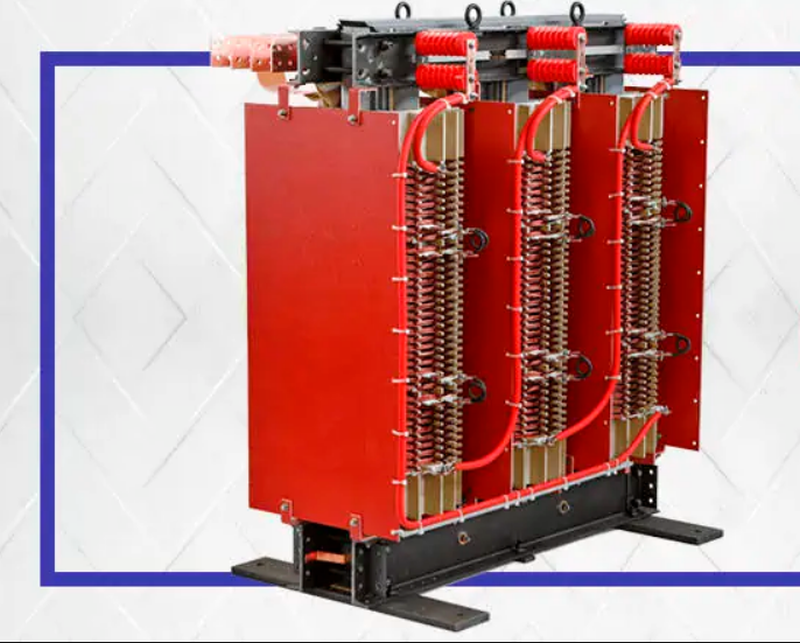There’s no way around using transformers if we want to have usable electricity. Transformers are an integral part of our electrical infrastructure, as they transform AC currents into higher or lower voltages, depending on what’s needed.
We can’t function in today’s society without them, but there’s one big problem: like other large pieces of equipment, they’re not exactly eco-friendly.
Although transformers aren’t the greenest piece of equipment on the block, some types are more eco-friendly than others. That may not mean much if you’re talking about a few transformers, but when you consider the millions of transformers in use today, using the more eco-friendly option will make a difference.
There are two main types of transformers: oil-filled and dry-type. If you’re committed to being as environmentally-friendly as possible, then dry-type transformers are the better option.
1. Dry-type transformers don’t produce toxic gasses
Since the oil in a liquid transformer is designed to help it stay cool, when that mineral oil is heated up, it releases harmful gasses into the atmosphere. Dry-type transformers don’t have this mechanism because they are cooled with air.
When you have a choice between oil or dry-type, the dry transformer is the better option for the environment overall. They produce less waste, they can’t leak hazardous oil that can contaminate water and soil, and they won’t release gasses.
However, they do carry a larger footprint and are a bit less energy-efficient than oil transformers. They aren’t perfect, but they’re less of an immediate threat to the environment.
2. Dry-type transformers are less of a fire hazard
Fires are bad for the environment because they release contaminants into the air through the plume. These contaminants can then make their way into the soil and bodies of water.
When you have an oil-filled transformer, it’s more likely to catch fire and/or explode than a dry-type transformer. When exposed to high heat from a short circuit, the oil in a transformer becomes vaporized and can catch fire easily. This can cause a fire or even an explosion.
Transformer fires are common, and most of the time, it’s a liquid transformer that catches fire or explodes. It’s not that dry-types never burst into flames or explode, but it happens less frequently because they don’t contain flammable liquid.
3. Transformer fires can create environmental damage
In addition to the contaminants from the actual fire, the foams and other sprays used to contain and extinguish transformer fires are bad for the environment. You can’t always use water to put out the fire because water conducts electricity, and since transformers are a source of electricity, using water to put out a fire can cause that electricity to run up the water and cause electrocution.
This may not always be the case, depending on the technology you’re using to extinguish a fire with water. However, using water on a transformer can cause it to malfunction, which is why it’s generally avoided and foams are used instead.
Many water-based fire extinguishers also contain a mixture of chemicals that cuts down the need for water, but these chemicals are not biodegradable and can be hazardous. Foam-based extinguishers also contain chemicals that can harm the environment, like polyfluorides and other hydrocarbon bases.
So when a liquid transformer ends up exploding and is on fire, it’s creating a multitude of environmental hazards through the smoke, burning oil, and also the chemicals used to put out the fire. The bigger the fire, the bigger the impact on the environment.
4. Mineral oil is not biodegradable
Oil-filled transformers are made with mineral oil, which is a byproduct of petroleum and is not easily biodegradable. If a transformer leaks oil, it can cause serious environmental damage.
Mineral oil spills can also cause fires because oil is flammable. Although a transformer won’t leak as much oil as major oil spills we’ve seen in the past, it can still be enough to kill plant life on land and marine life in the water.
When Possible, Choose the Least Toxic Option
For most people looking for a transformer, environmental preservation isn’t going to be at the top of their list of factors helping them make their choice. However, when you choose a dry-type transformer, you’re not only getting a better quality unit, but you’re also creating less of an impact on the environment.
It may not be the driving factor for choosing a dry transformer, but the environmental benefits still matter.
Article Submitted By Community Writer




